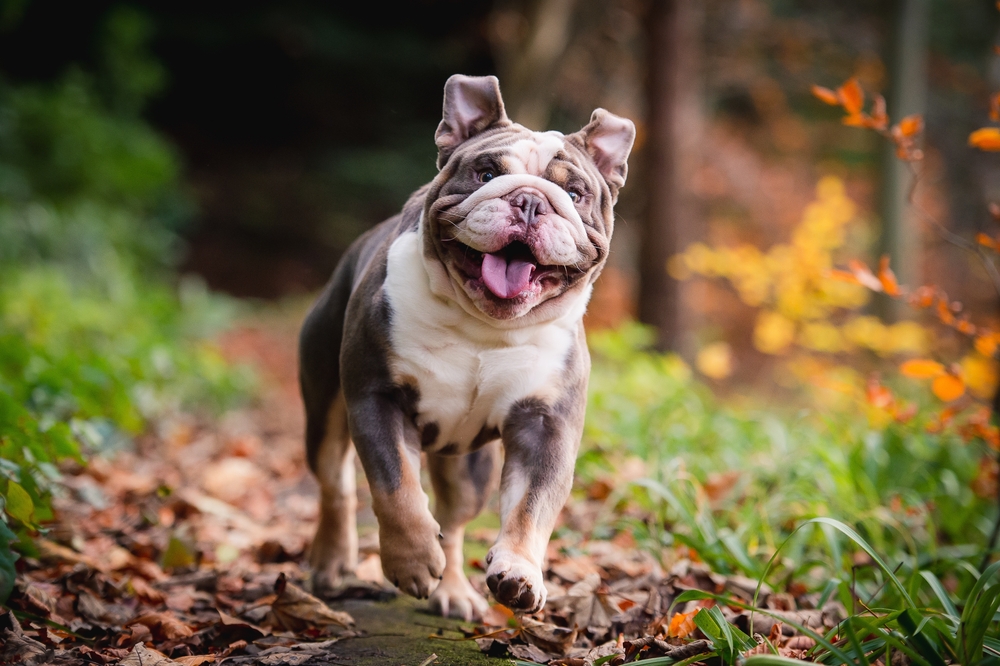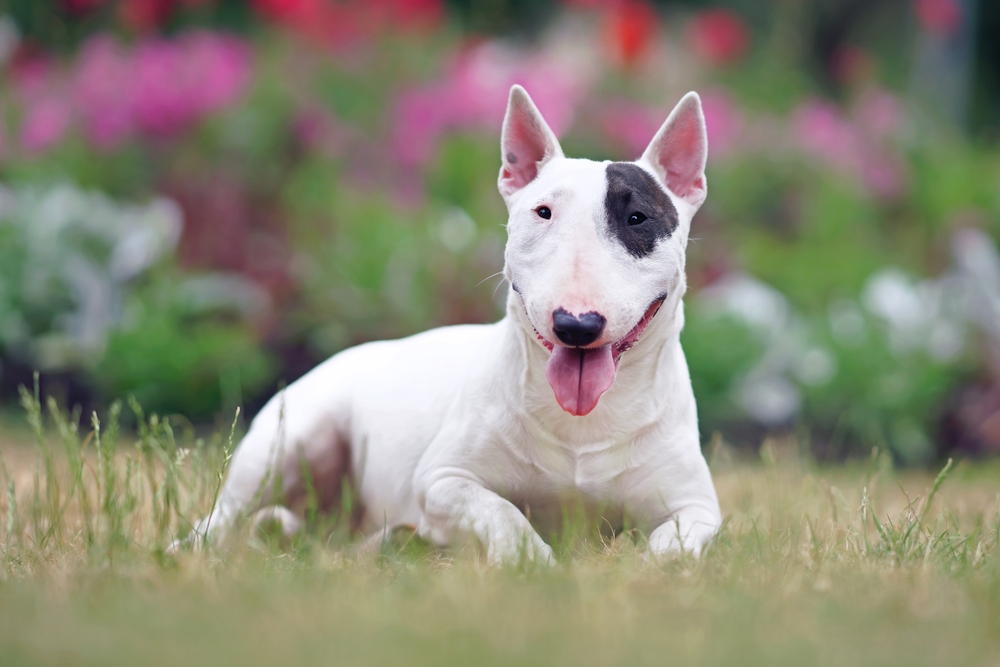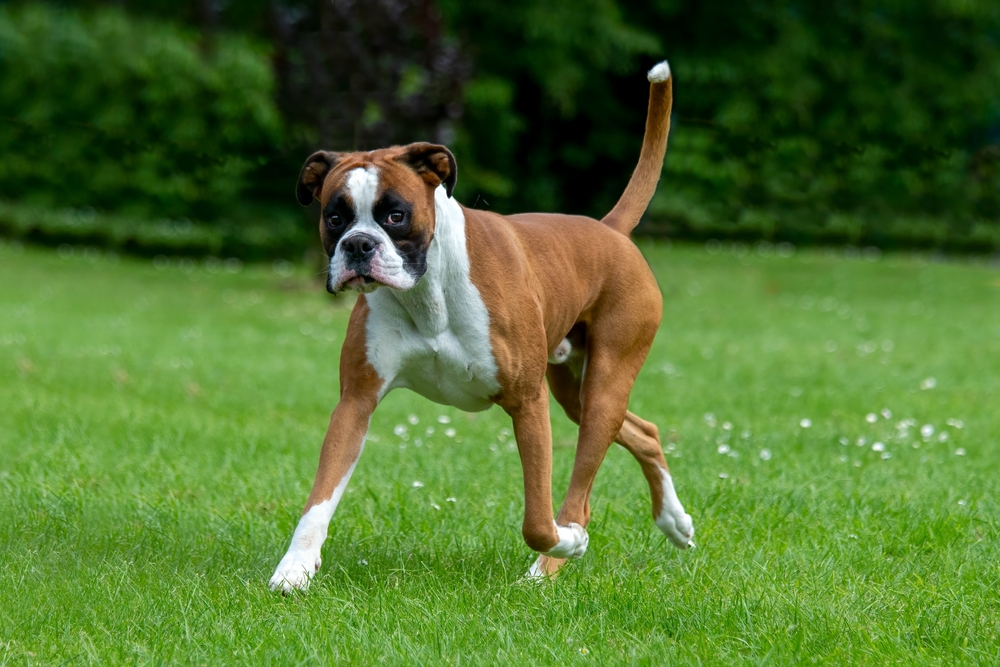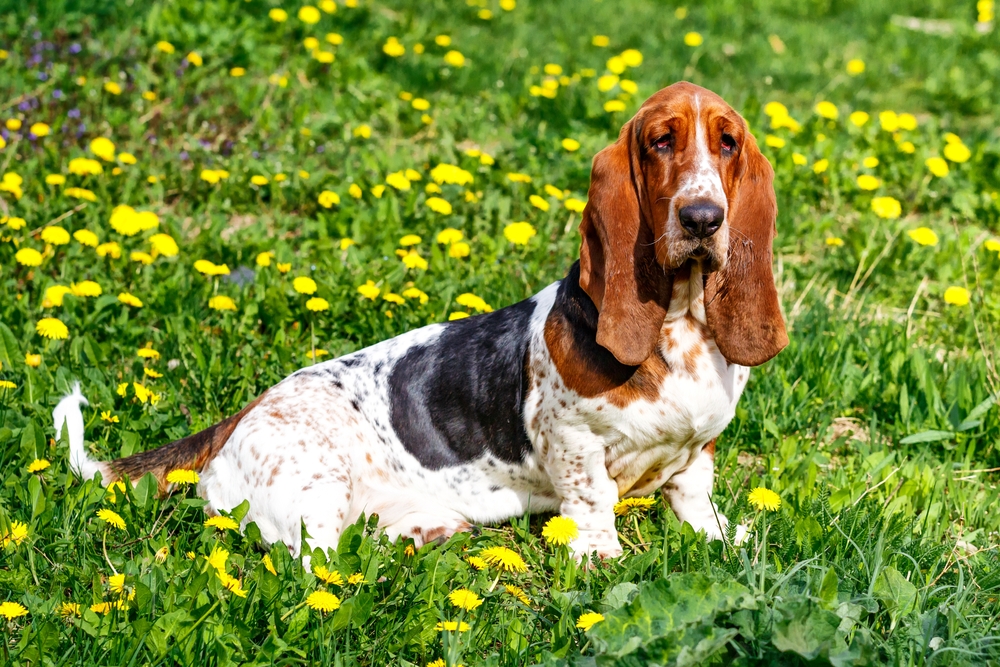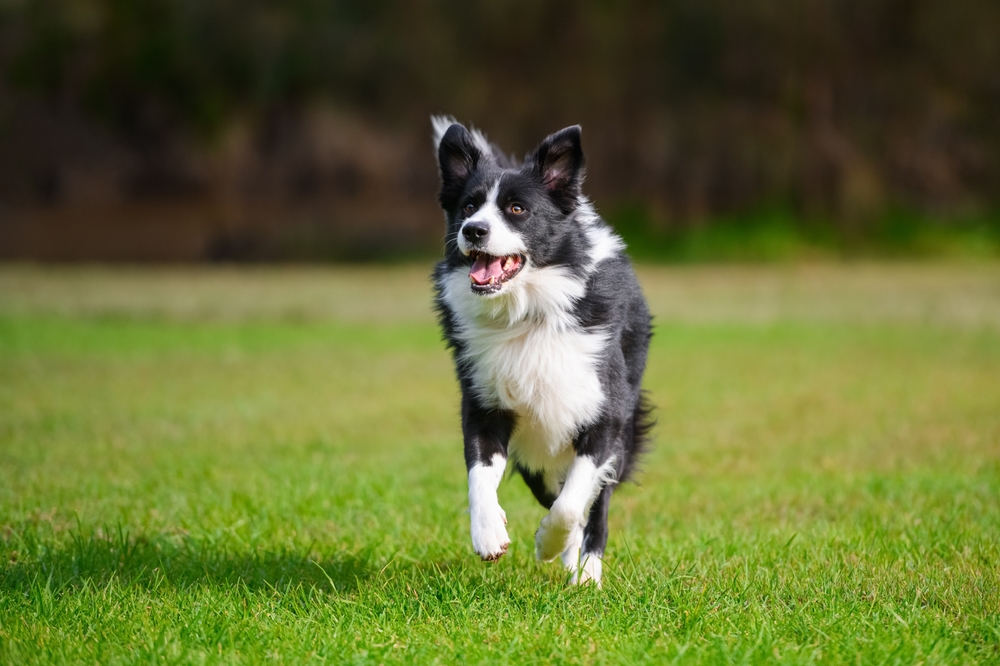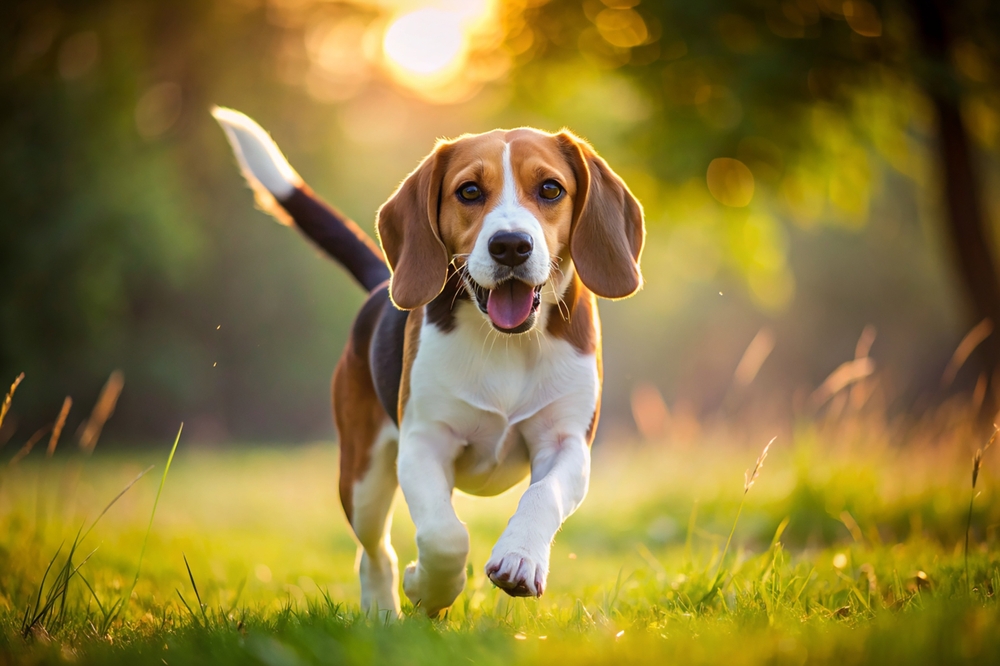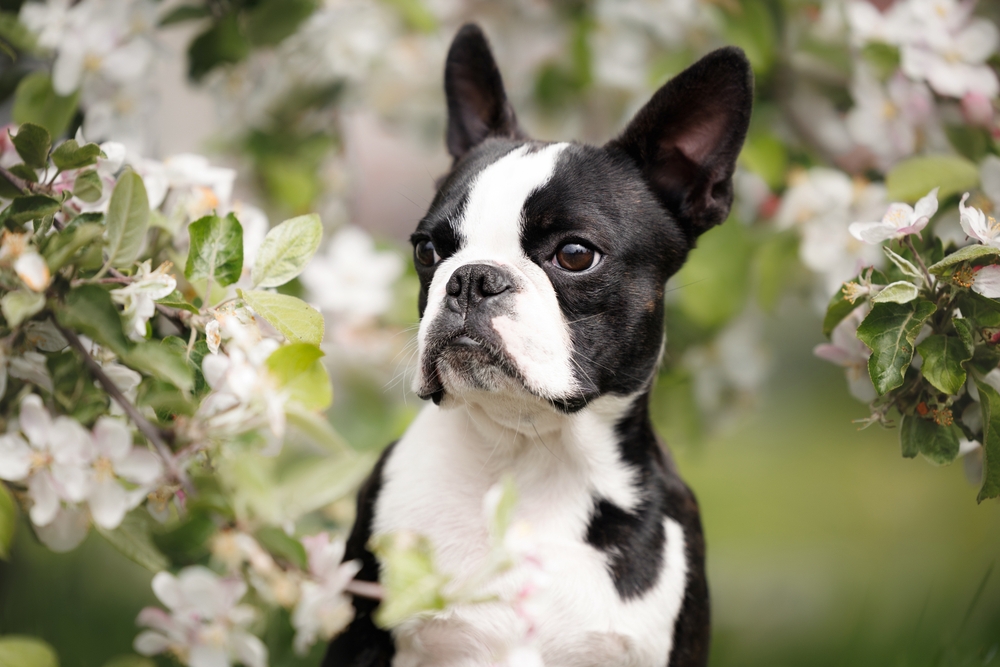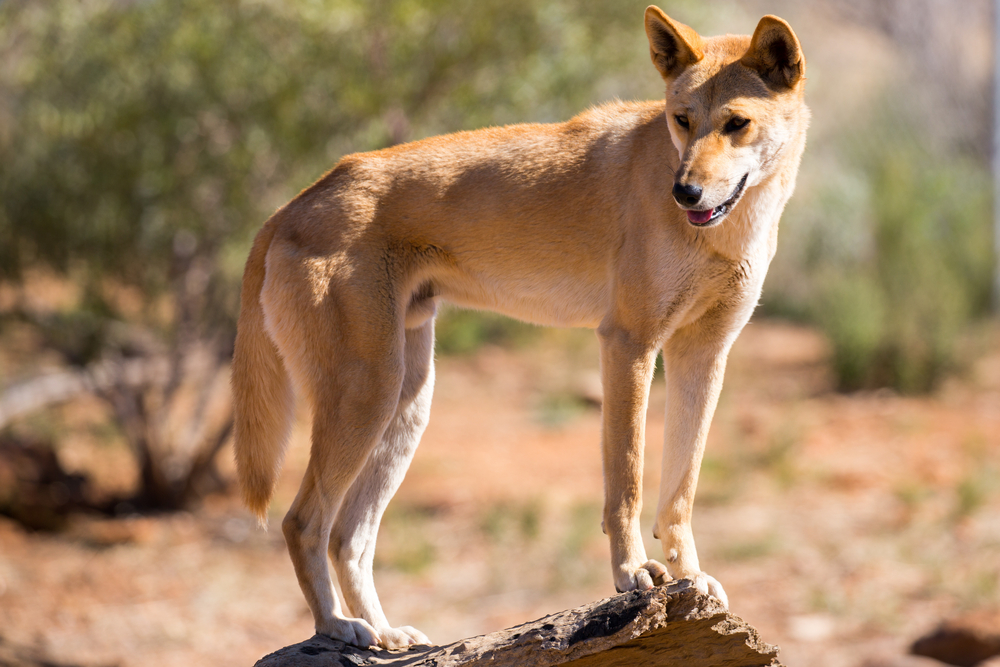Uniqueness
The Bulldog is one of the most recognizable dog breeds in the world, with a combination of physical traits and personality that set it apart from all others:
Iconic Appearance:
The Bulldog’s broad head, short muzzle, and deep facial wrinkles create a look that is instantly recognizable. Their distinctive underbite and loose skin folds are signature features.
Gentle Temperament:
Despite their tough, muscular build, Bulldogs are famously gentle, affectionate, and loyal. They often bond deeply with their families and are known for being especially patient with children.
Calm and Steady Nature:
Unlike many breeds, Bulldogs are generally low-energy and content with short daily walks and relaxed time indoors, making them well-suited for apartment living.
Historic Symbolism:
Originally bred in England for bull-baiting, Bulldogs transitioned into loving companions after the sport was banned. Over time, they became a symbol of determination, courage, and resilience—qualities famously associated with British culture.
Distinctive Movement:
Bulldogs have a unique, rolling gait due to their wide stance, heavy shoulders, and shorter hindquarters.
Brachycephalic Challenges and Charm:
Their flat-faced, brachycephalic structure gives them a charming, sometimes comical snuffling sound, but also requires special care to prevent breathing issues and overheating.
Global Popularity:
The Bulldog is not only a beloved pet but also a mascot for sports teams, military units, and brands worldwide, representing strength and perseverance.
Bulldogs’ mix of endearing looks, gentle disposition, and historic significance makes them a breed unlike any other—cherished by owners who appreciate their loving nature and unique charm.



































































